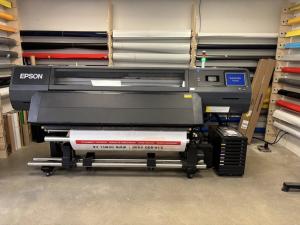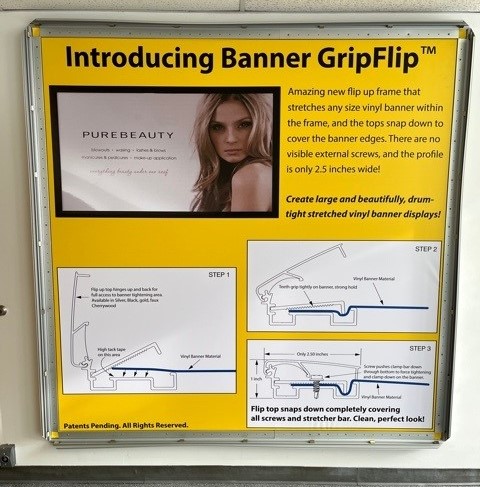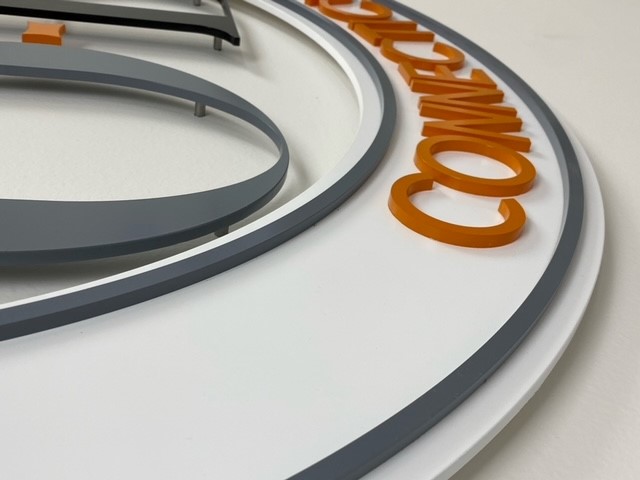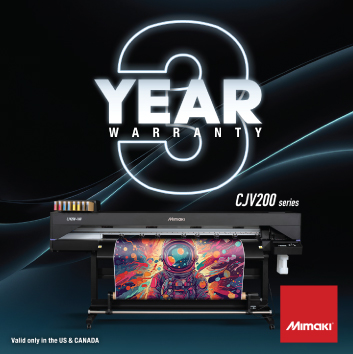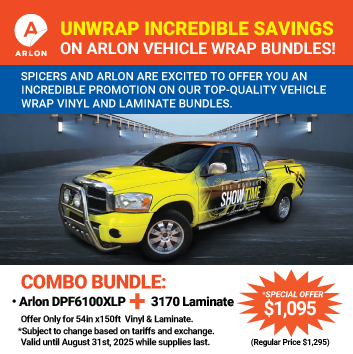Digital Signage: Dynamic communications for food services
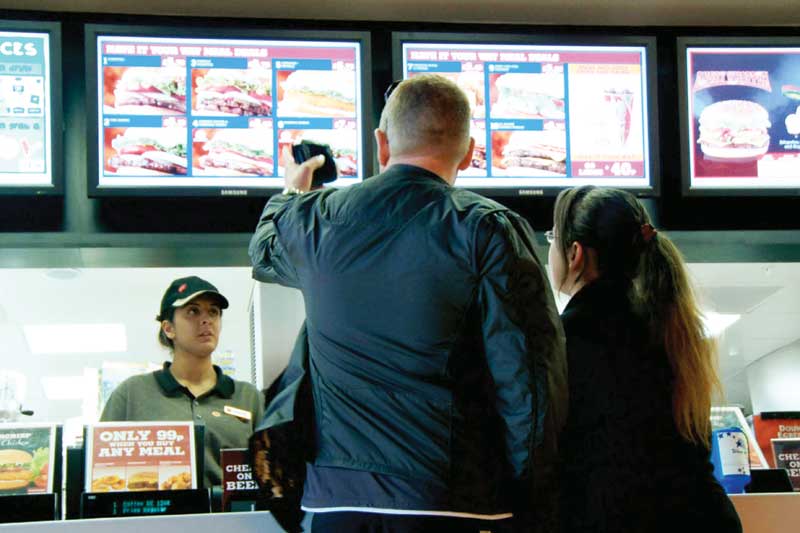
Photo courtesy Scala and Burger King
Content in context
Over time, digital signage content has evolved into a style of its own, distinct from static, TV and online ads, because of its context. When people walk through a restaurant, the medium needs to communicate with them efficiently and effectively, so it relies on a unique combination of information, visuals and motion. Examples include steam rising from a hot dish or drops of condensation rolling down the side of a cold beverage container.
“We process images faster than spoken words,” said environmental psychologist and author Paco Underhill in a keynote address at the 2009 Digital Signage Expo (DSE). “The value of digital signage increases over time when its content messaging is refined.”
Even earlier, in 2006, cognitive psychologist Hugh Philips at Montreal’s McGill University described how the human brain ingests visual information rapidly and unconsciously ‘de-selects’ items that are not related to its own intended actions, needs or interests. Motion causes the eye to be drawn to a message, but then it must be judged relevant before it will be actively read.
Hence, the use of animation and other motion in digital signage has helped get content noticed by customers in busy restaurants, allowing its message and composition the opportunity to stimulate engagement and influence actions.
Such messages need not be ‘shrill’ to capture attention. Rather, content presented in a prime location within a food-service establishment can calmly and confidently present featured items, their points of value and a call to action.
Digital menu boards
It has become increasingly common for fast-food restaurants to implement digital menu boards to present promotional text, photos and video.
“They are seen as the new alternative to static menus, with greater scheduling flexibility,” says Stratacache’s Riegel, who has overseen large-scale rollouts for such clients as McDonalds. “Animated menu items on digital boards have seen up to 65 per cent increases in sales over those advertised on static posters. One restaurant even saw its sales of gift cards double over a two-week period when they were promoted on its digital menu boards.”
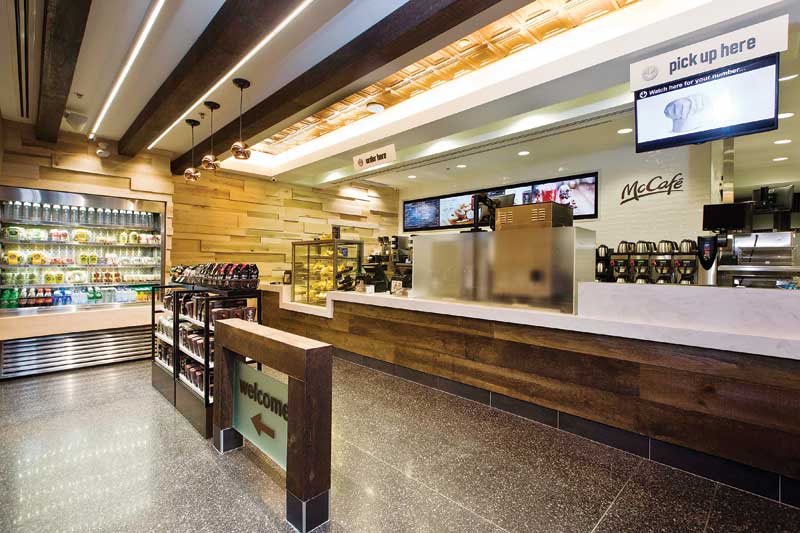
Photo courtesy McDonald’s Canada
The aforementioned dayparting is particularly relevant for these boards, as menus can be changed for each mealtime and, for that matter, to promote other offerings between meals, such as at mid-morning, mid-afternoon and late evening. Messaging at one time of day can also encourage visits at other times of day. And the medium is a good chance to let customers know about offerings beyond menu items, such as catering, party-size orders and, as in Riegel’s example, gift cards.
Some restaurant chains, such as McDonald’s Canada, have added interactive kiosks that allow customers to look up menus and order by themselves. These have been shown to help prevent incorrect orders and even reduce perceived waiting times.
They can also support upselling. At a Hardee’s franchise in the U.S., for example, the average order increased by 18 per cent when placed through a kiosk instead of at the counter.
Outside, meanwhile, digital menu boards have also been reaching drive-thru lanes. Placing a liquid crystal display (LCD) outdoors can be risky, given the effects of direct sunlight, humidity, wind, precipitation and vandalism, but durable enclosures have helped meet such challenges.

